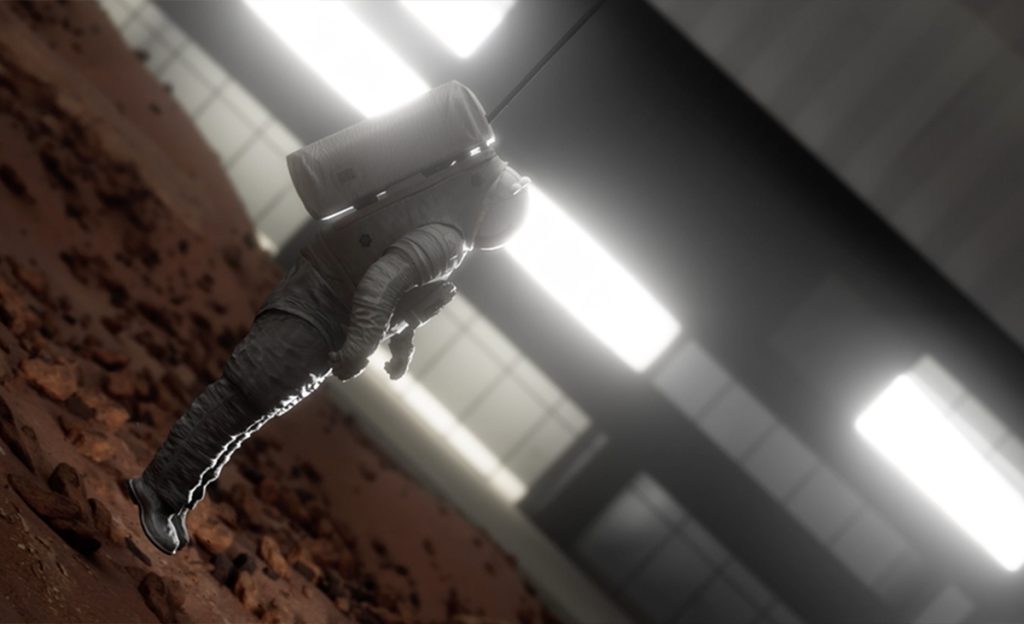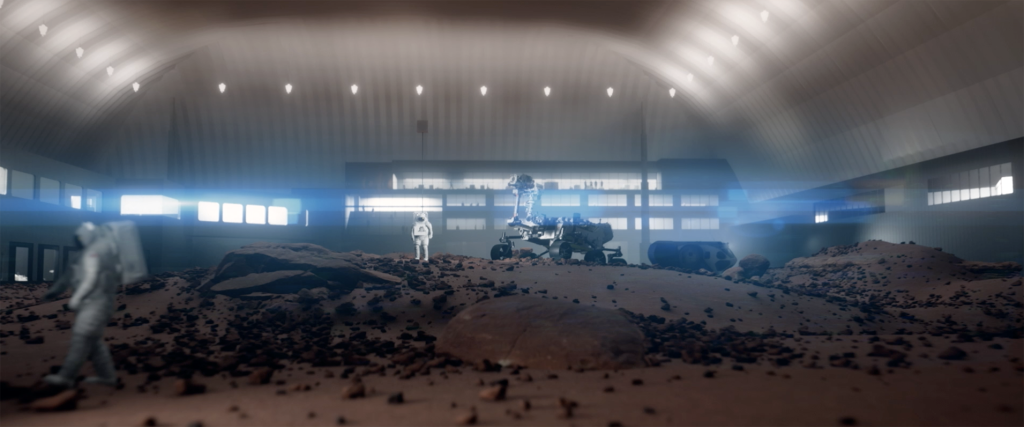Space Center Houston Unveils Ambitious Master Plan Amid Space Industry Expansion
Published Oct 18, 2022 by A.J. Mistretta
Space Center Houston, the interactive museum and attraction that has helped tell the story of U.S. manned spaceflight for three decades, is dramatically expanding its footprint with a new master plan unveiled October 18.
The nonprofit Space Center Houston, arguably the region’s most iconic attraction, will create two new large-scale structures that will support the growing needs for space exploration learning and training. There, NASA astronauts, commercial space partners, higher education institutions and global space agencies will be able to collaborate in the creation and testing of new technologies to aid in the future of human spaceflight. An elevated exhibit hall over the surface of both facilities will offer the public immersive experiences to observe astronaut training first-hand while experiencing the future of space exploration as humans return to the Moon and eventually on to Mars.
Space Center officials say the new master plan is a direct response to the opportunities and challenges in a rapidly evolving space sector that’s expected to expand to five times its current size by 2050.
Since opening its doors as NASA Johnson Space Center’s official visitor center in 1992, Space Center Houston has chronicled the journey of human spaceflight while empowering and inspiring people to pursue careers in science, technology, engineering and mathematics. “Space is expanding once again and a new space age is upon us,” said William T. Harris, President and CEO, Space Center Houston. “With new ambitions, new players and new challenges, we will shift our focus from being a curator of past achievements to also facilitating new feats in space.”
Space Center’s planned Lunar Mars facility will include simulated surfaces of the Moon and Mars as well as modular surface labs to design and test instruments and techniques for surface exploration, support testing lunar and Martian rovers on a one-mile indoor track, allow engineers and astronauts to practice working in reduced gravity and conduct emergency procedures. The exhibit hall above the surfaces will create an immersive guest experience for guests to observe astronaut training in-person while learning about the missions, challenges and benefits of the space industry.
In addition to announcing the master plan, the center also unveiled a new brand identity driven by its shared purpose to bring people and space closer together. Officials said the new identity represents the evolution of Space Center Houston and its future. More than 24 million guests have visited Space Center over the last 30 years.
The new master plan was developed following years of planning and prototyping to determine how the center will meet the needs of the growing space industry while simultaneously educating the public through imaginative experiences. The plan will be implemented in phases in the years to come, with more details slated to be revealed in 2023.
There are currently 77 government space agencies around the world. Texas is uniquely positioned in this rapidly growing economy, with 17 of the world’s top 20 aerospace manufacturers having a presence in the state. Houston itself is home to more than 350 companies involved in aircraft or space vehicle manufacturing research and technology or other air transportation support activities.
Learn more about the aerospace sector in Houston and the region's museums and attractions.
 The Houston Report
The Houston Report




















